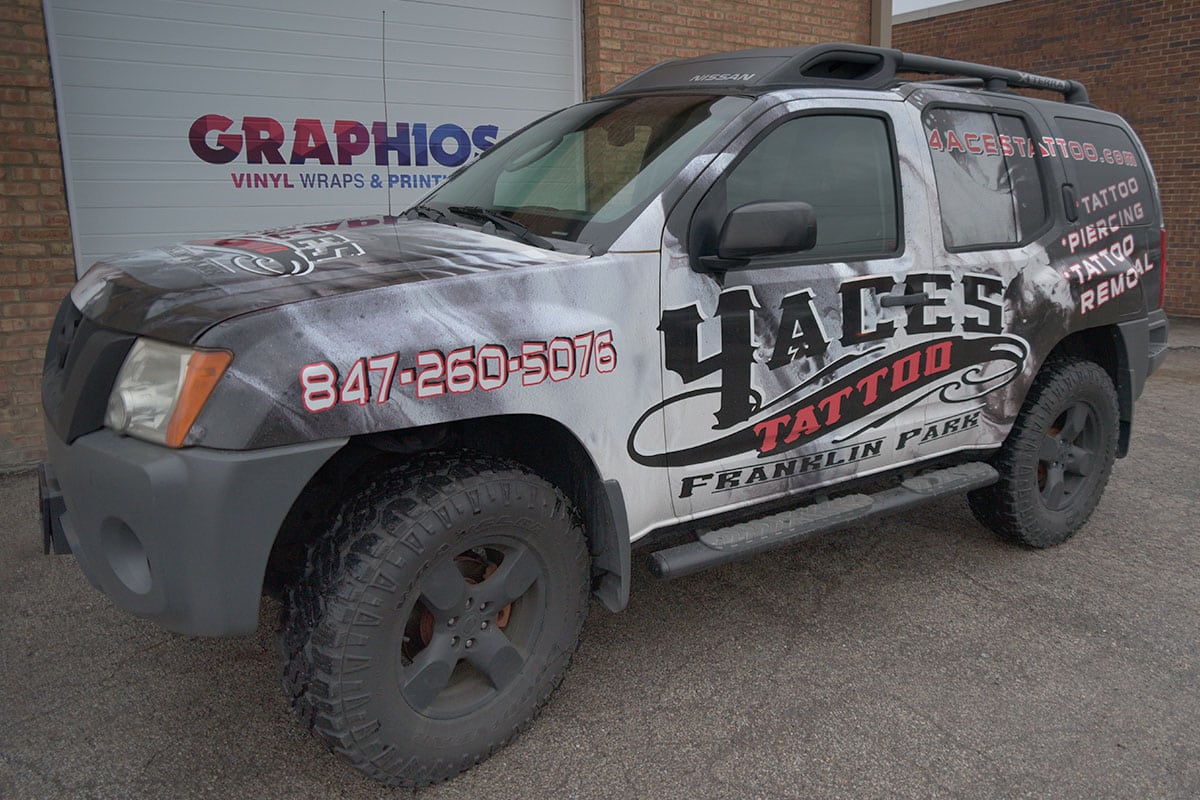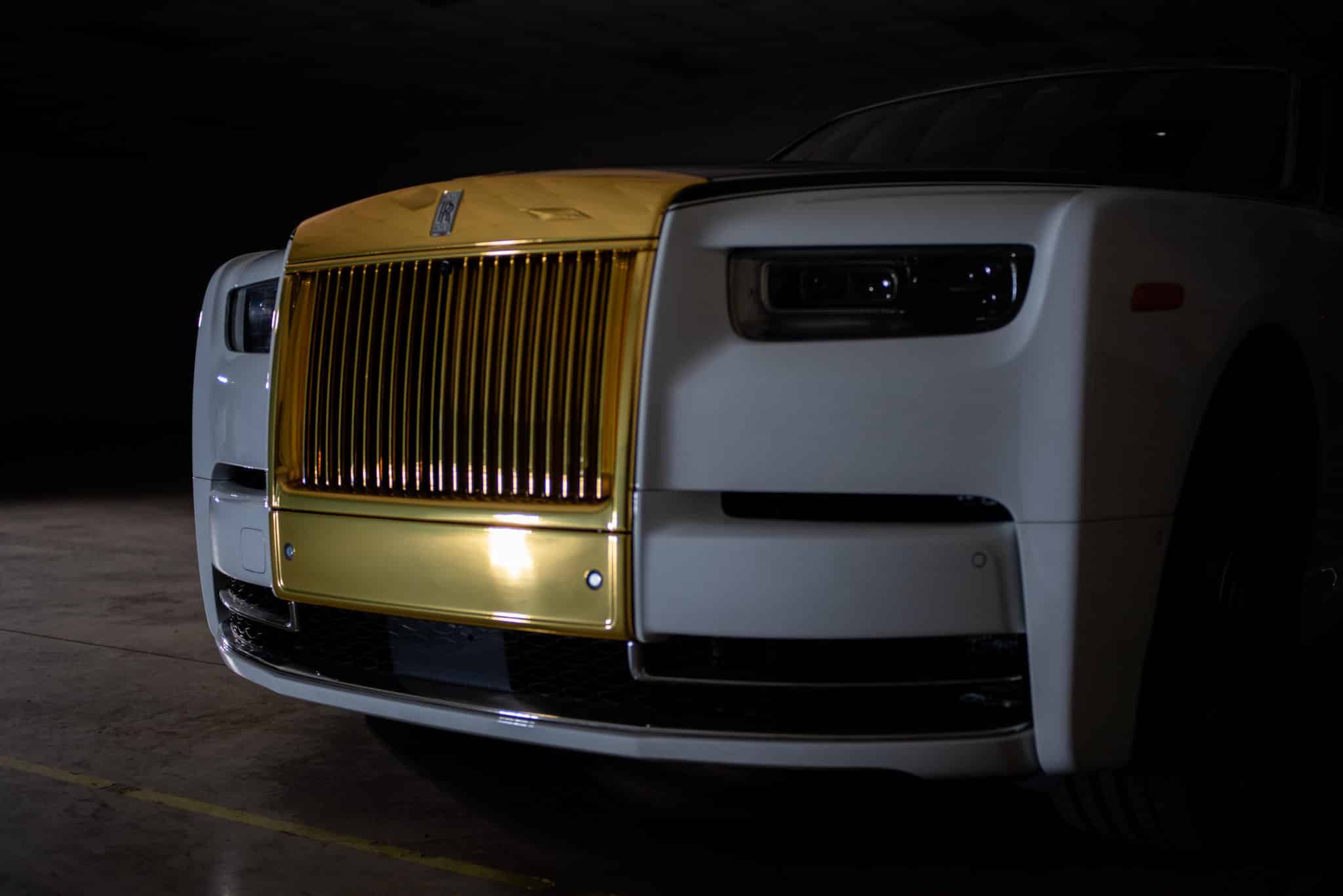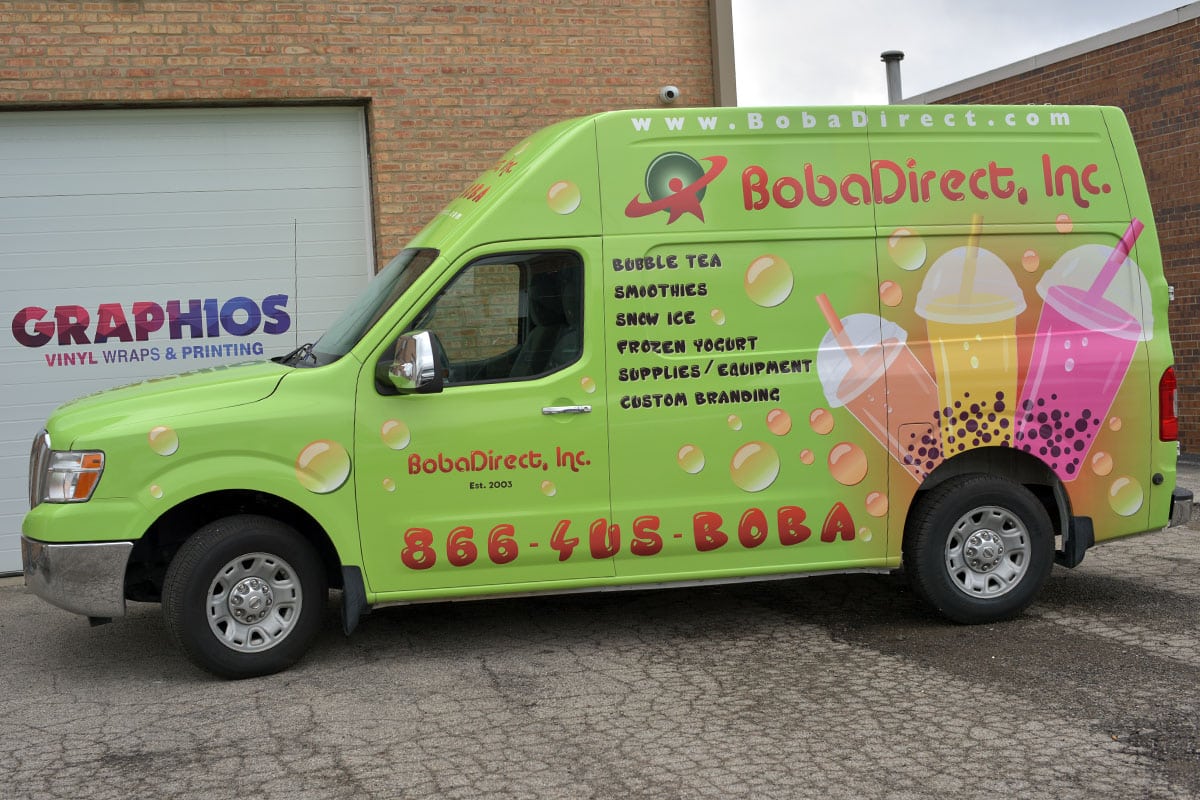Vehicle Wraps: The Process and Types of Vehicle Wraps
Vehicle wraps have become increasingly popular in recent years as a way to give a vehicle a new look without the cost and commitment of a new paint job. These vehicle wraps, which are essentially large vinyl decals, can be used for a variety of purposes, from advertising a business to simply personalizing a car. In this article, we will explore the different types of car wraps, the process of having a car wrapped, and the benefits and drawbacks of using car wraps.
Types of Vehicle Wraps
There are several different types of car wraps available, each with their own unique properties and uses.
Full Wraps: A full vehicle wrap covers the entire exterior of a vehicle, including the windows. These car wraps are often used for advertising and branding, as they provide a large surface area for a design or logo.
Partial Wraps: As the name suggests, a partial vehicle wrap only covers a portion of a vehicle, such as the hood, roof, or rear of the car. These wraps are often used for personalization or to cover up damage on a specific area of a vehicle.
Spot Graphics: Spot graphics are small decals that are applied to specific areas of a vehicle, such as the side mirrors or door handles. These wraps are a popular choice for adding a personal touch to a car without covering the entire vehicle.
Clear Bra: Clear bra, also known as paint protection film, is a clear vinyl wrap that is applied to the front of a vehicle to protect the paint from scratches and other forms of damage.
The Wrapping Process
Having a vehicle wrapped is a fairly straightforward process, but it does require some preparation and care to ensure the best results.
Preparation: Before the vehicle wrap is applied, the vehicle must be thoroughly cleaned and inspected for any damage or imperfections. Any existing damage or rust should be repaired before the wrap is applied, as the wrap will not cover up these issues.
Design: If the car wrap is being used for advertising or branding, a design or logo must be created. This can be done by a professional designer or by the wrap shop that will be applying the wrap.
Measurement: Once the design is finalized, the wrap shop will take measurements of the vehicle to ensure that the wrap will fit correctly.
Application: The car wrap is then applied to the vehicle by a professional installer. The process typically takes several hours and requires a high level of skill and attention to detail.
Care: After the vehicle wrap is applied, it is important to take care of it properly to ensure that it lasts as long as possible. This includes regular cleaning and avoiding certain chemicals and abrasives that can damage the wrap.
Benefits of Vehicle Wraps
There are several benefits to using car wraps, including:
Cost: Wrapping a car is significantly less expensive than a new paint job, making it a more cost-effective option for those looking to give their vehicle a new look.
Durability: Vehicle wraps are extremely durable and can last for several years with proper care.
Flexibility: With a car wrap, you can change the look of your vehicle as often as you like without having to repaint it.
Advertising: Car wraps are an effective form of advertising, as they can be seen by thousands of people on a daily basis.




